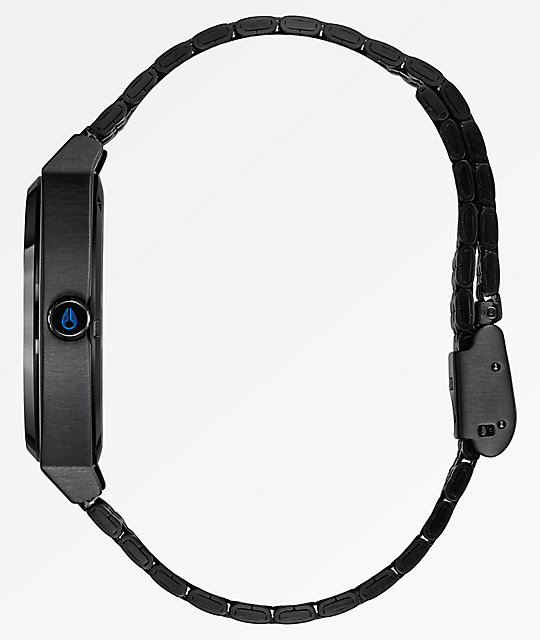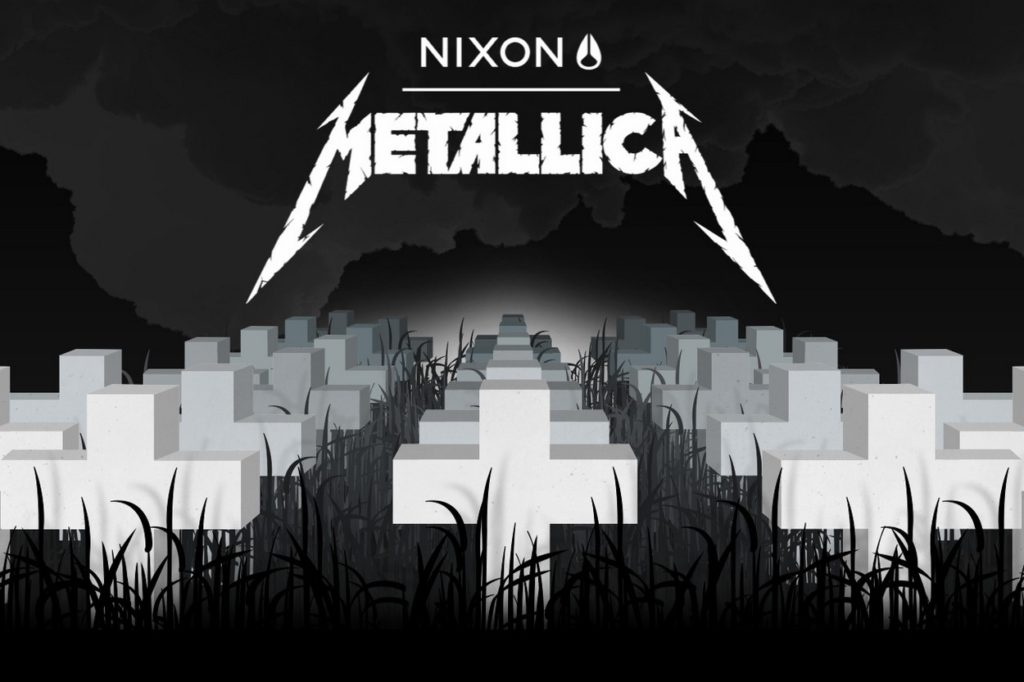

In other words, once Metallica stepped up the pace, everyone else followed suit. You could even argue that other bands were bound to reach the same threshold of tempo and attack because the early-'80s metal underground was collectively headed in the same direction anyway-i.e: getting faster and heavier and building on the work of Motörhead, Venom, Mercyful Fate, and others.īut the fact is, several key participants in thrash metal's first wave freely admit that Kill 'Em All gave them a framework for the sound they had all been searching for. You can split hairs about the key role played by fellow ground-floor pioneers Slayer and Exodus, and point out that Anthrax and Voivod had also already formed by the time Kill 'Em All was released. Metallica's 1983 debut Kill 'Em All more or less singlehandedly launched thrash metal and established the template for every other speed- or extremity-oriented metal band on earth that's been active since.
NIXON METALLICA RIDE THE LIGHTNING HOW TO
Learning how to write good SONGS and not 30 second Instagram clips is the new Norm unfortunately.Without belaboring the point, some albums change the course of music so profoundly that it's hard to imagine what the world was like before their arrival. hell many of these kids today have never even PLAYED a real amp, yet going around giving advice like they have, but it’s based on some type of simulation.

A true half stack blaring at you, learning how to control a high gain amp, the feel of it etc. THAT has for sure changed, and you can’t get that feel playing to a computer and superior drummer, no matter how much I love technology nowadays, that’s a feel thing that many young generations aren’t going to experience. What I will say doesn’t happen as much anymore, is guys getting together and playing together in a room like a damn BAND. But it’s because I was new, young, brain like a sponge, and I simply had never heard anything like that or a tone like that in my life: as we get older, the nostalgia of those records etc stays with us, and we never are able to reach that again often, it’s just the way it is. I rmemever the first time I heard pantera, or in flames clayman album, which is still a pinnacle of production and writing to me, and nothing comes close to that stuff for me. This is a hard one, but it’s the truth: nothing is going to hit you like the first time you heard your favorite bands at a young age: it just won’t. Man i don’t think it’s that at all, there ar plenty of artists doing groundbreaking work with technology these days: whether or not you enjoy the music is a different question all together, but I choose not go go down the road of “back in my day”, it just hurts you as a player and your attitude towards it. Kirk almost always boosts his Marshalls and amps with a TS9 in the studio evident from all the pics of his studio setups.

I know James stated in interviews he used the TS9 into the Marshall but wasn't a big fan on the grainy tone and preferred a more natural amp tone. Same studio and same producer so highly likely that its the same splitter setup to that point. The Blue cable I'm assuming is the line from the splitter box as it is pictured in the MoP studio pics later on. The TS9 isn't plugged in in the pic but the two other boxes are chained into the input. Could they be perhaps EQ or boost pedals?. Guessing from the profile and relative size compared to the Ibanez pedal, could they be some TC Elec pedals, esp being that the TC pedals were Danish origin and could make sense being used in a Danish studio. Just a question regarding the pic above that I've always wondered about, I can see that there is a TS9 and a Ibanez ST800 but what are the two other boxes on top that the signal is routed through before the amp input?


 0 kommentar(er)
0 kommentar(er)
